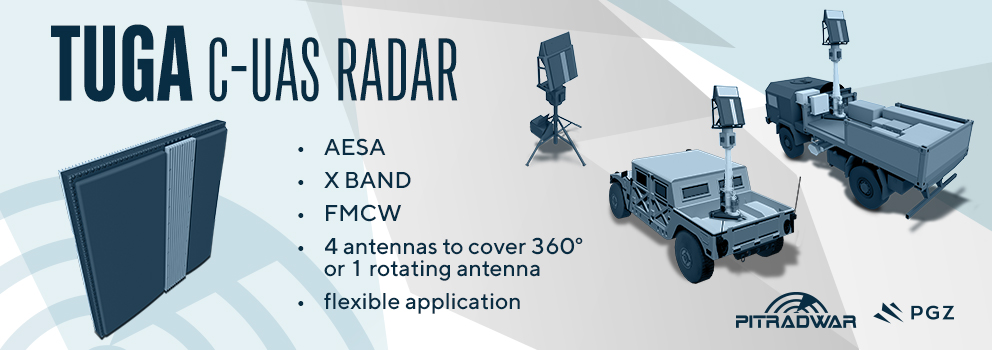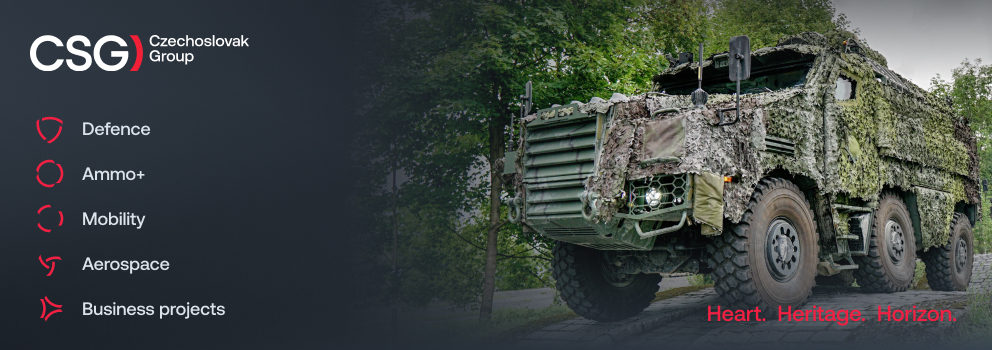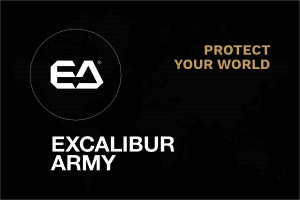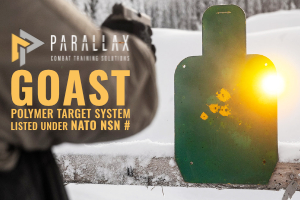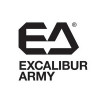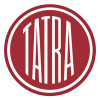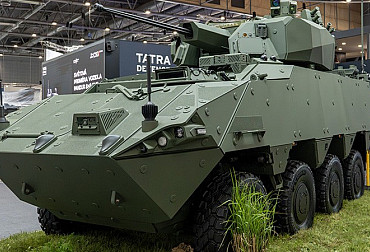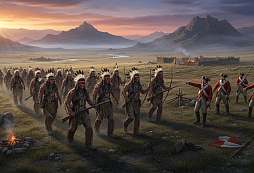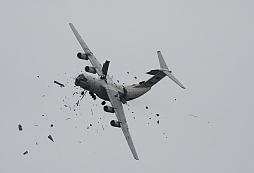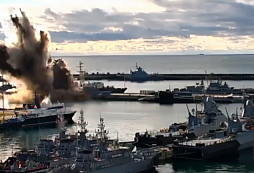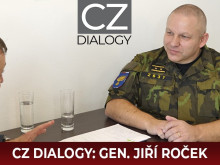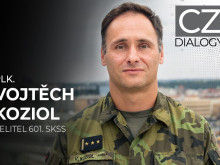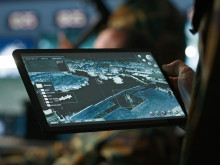Colonel Michal Burian: The Military History Institute has an absolutely incredible collection of historical artifacts
With the 80th anniversary of the end of World War II approaching, and with the experience of the ongoing war in Ukraine, we are increasingly asking ourselves whether history is repeating itself and whether there are any parallels. Answers are provided not only by the permanent exhibition at the Army Museum in Žižkov, but also by a rich offering of other exhibitions and accompanying programs for students and the public, which are prepared and offered by the Military History Institute. We talked about this and more in the next episode of our program CZ DIALOGUES with Colonel Michal Burian, director of the museum department at the Military History Institute in Prague.
Video: Interview with Col. Michal Burian, Director of the Museum Department at the Military History Institute in Prague / CZ DEFENCE
Colonel, the 80th anniversary of the end of World War II is approaching. What do we still not know about this conflict?
There is certainly a lot we don't know. The question is what we can find out. What will remain hidden for many years to come – perhaps forever – is the contents of Russian archives, because only a few historians have been able to access them since the 1990s. And those Russian archives certainly contain a whole range of things that relate not only to the history of World War II, but also to our own history, including the participation of Vlasov's troops in the fighting in Bohemia and directly in Prague. I think there is still a lot ahead of us. On the other hand, even our own archives and those accessible abroad still contain a lot of information that we do not know and are gradually discovering.
I was recently intrigued by information that the demarcation line between the Allied armies from the west and the Red Army from the east had been moved. Why has this information only come to light now?
When we talk about what we are gradually uncovering, it is often just small pieces of the mosaic of history, but they are incredibly important. A book by Jan Zumr and Jan Vajskebra about the Gestapo in the Czech lands was recently published. It is more than a thousand pages long. It brings a whole range of new information that was available in the archives, but no one had yet looked at it in such detail. We know a lot about the history of World War II, the history of the individual apparatuses of the Nazi regime. But this book focuses exclusively on individuals. It presents more than 200 portraits of Gestapo officials in Bohemia, from the highest to the lowest ranks. And it completely undermines the thesis that has existed since the Nuremberg trials, when the defense attorneys for war criminals tried to prove that individuals were just cogs in a big machine and that they basically couldn't stand up against it. They couldn't take any major initiative, they were just following orders. This was further emphasized during the trial of Adolf Eichmann. This book shows precisely, through the individual fates of people, how active they were beyond the scope of their duties in tracking down resistance fighters or during interrogations. Even high-ranking Gestapo officials, who did not have to, participated very actively not only in interrogations but also in torture during interrogations and so on. This is just one example of a new perspective on the history of World War II. Let's admit, however, that this truly professional and painstaking work will not completely fill the front pages of newspapers or the internet today. The anniversary of the assassination of Heydrich is approaching. This is exactly the time of year when the media turns to us and everyone is interested in what new information we have about the assassination.
And what about Heydrich's car?
Yes, that's the news this year, or rather, it's not really news this year. When people talk about Heydrich's Mercedes, I always liken it to the film The Emperor's Baker and the Baker's Emperor, where Rudolf II stands in the gallery and there is a collection of Mona Lisa paintings. He says: What if one of them is the real one? During my time at the Military History Institute, I have seen four original Heydrich Mercedes cars – one in Denmark, one in Bavaria, and two in the Czech Republic. The one in Bavaria even has a technical certificate stating that it was Heydrich's Mercedes. But it is clearly a fake. And the last one, whose story was recently revealed in the Czech media, we asked the Criminal Investigation Institute to examine in 2011. It took a long time and was very demanding. We also provided one of the preserved Kubiš bombs that were found at the scene of the assassination. Swabs were taken, traces of explosives were sought, shrapnel was searched for in the wooden frame of the vehicle, and the seats were dismantled. They looked for anything that could indicate that this was Heydrich's Mercedes. And the result is that there is no reason to believe that this could be Heydrich's Mercedes. All four Mercedes cars I saw have almost identical damage to the rear right side, which could have been caused, as many would like to believe, by the explosion of Kubiš's bomb, but it could just as easily have been caused by an accident or other event during World War II or anytime after it.
Let's move on to the Vlasovites. They have a rather interesting relationship with us. On the one hand, they participated in pogroms and massacres in Moravia, but on the other hand, they sided with the rebels in Prague. How should we view the Vlasovites today?
We must not look at them from the perspective of what we know today. We must look at them through the lens of the events of that time. It is very different when we talk about Moravia compared to when you go to the Warsaw Uprising Museum in Warsaw, where some of the units participated in the suppression, and the perspective there is diametrically opposed to ours in the Czech Republic or Prague. The fact is that at a certain stage of the Prague Uprising, the Vlasovites really did help the insurgents in a significant way. The second thing is what motivated them to do so. And the third thing, the saddest thing, is their fate at the very end of World War II and afterwards. It is similar to many other stories. The world is not black and white. It is necessary to approach this from the perspective of the reality of the time.
You mentioned the reality of that time. Is the current war in Ukraine in any way comparable to World War II, or is it a completely different situation, a different story?
Many of the points are very different. When I compare it, for example, to the period around Munich, which is often compared to the present, Czechoslovakia had an alliance with France and Great Britain, so it's a slightly different story. What is very similar is the reaction of the public, and therefore also of politicians, which depends on distance or changes in relation to distance from today's actual, or potential, battlefield. I would say that this is very similar and can be compared.
In addition to the celebrations marking the end of World War II, the anniversary of the Prague Uprising is also approaching. Are there any new findings about how this uprising unfolded?
We certainly don't know everything, which has to do with the Russian archives. Hopefully, one day we will find answers to many of the questions we still have. As I mentioned in relation to the book on the Gestapo, we are also moving away from general stories to individuals, which in many cases is really very interesting and thought-provoking.
The demarcation line shifted on our territory, and under certain circumstances, the US Army could have reached Prague. How realistic was this in May 1945?
We will probably never know how realistic it was, because it was clearly a matter for individuals to decide. We were just talking about Munich, and in this regard, I find it interesting to compare it with the end of World War II, when we always talk about the betrayal of our Western allies in 1938. But we return much less to the situation in 1945, when it was actually a little similar. While the Soviet Union was able to perfectly exploit, in today's terms, the PR potential of the army corps or the Czechoslovak Army Corps in the Soviet Union, which had been shamefully liberating Slovakia since October 6, 1944, and then Moravia and Bohemia, our Czechoslovak Armored Brigade from Great Britain was besieged until May. While the Soviet-backed Czechoslovak Army Corps had been liberating Slovakia, then Moravia and Bohemia since October 1944, our Czechoslovak Armored Brigade from Great Britain was still besieging the essentially insignificant port of Dunkirk until May. Even though our leaders made enormous efforts to ensure that the Czechs participated alongside the Americans in the liberation of western Bohemia, this unfortunately never happened. Not even our pilots were deployed. I think that a huge potential was wasted there. A historian should not say what would have happened if. But this could certainly have influenced the perception of who liberated Czechoslovakia as our society perceived it after World War II.
The year 1938 is perceived similarly in our country. Should we have defended ourselves or not?
This is a question we have been grappling with for more than 85 years. We will certainly continue to grapple with it forever. We will certainly never find the right answer, because there are an incredible number of factors involved. One thing is the society of that time. It is an indisputable fact that never in modern history has our nation been so prepared to fight and even lay down its life for the defense of what was then Czechoslovakia. To mention just one example, the All-Sokol Rally in July 1938 was something truly unique. Everyone who trained there or attended as a spectator would remember it for the rest of their lives. František Pecháček, a later collaborator of the paratroopers who carried out the assassination of Heydrich, who was executed by the Gestapo along with his wife, prepared a song for the gathering with the symbolic title "Oath to the Republic." It was performed by 30,000 men. The atmosphere in society must have been incredible. But then we have a whole series of other indisputable facts. After the annexation of Austria, the entire southern border of Bohemia and Moravia was essentially open, the fortification system was incomplete, the air force was clearly weaker than the German one, and so on. On the other hand, we must also consider that we cannot view the Wehrmacht through the lens of 1941, 1942, or 1943. In 1938, the German army was not yet ready for war. As I said a moment ago, a historian should never say what would have happened if things had been different. Nevertheless, the big question remains: if we had decided to defend ourselves, would Germany really have attacked? If it had, we would have lost the war 99% of the time. But the question is whether it would have attacked. Poland played another key role in this, when, in those fateful hours, it was deciding whether to remain neutral or claim the Cieszyn region and join Germany. And that was perhaps one of the decisive factors that determined that we did not go to war. Here I would like to mention a very interesting book by French historian Antoine Mares, who wrote a biography of Edvard Beneš. He looks at the situation from the French perspective, but paradoxically places most of the blame on the French. He says that one of the biggest mistakes of French foreign policy was that it did not force its main allies against Germany – Poland and Czechoslovakia – to cooperate and stick together against the threat of Nazi Germany. And that is one of the great lessons for today that we can learn from history.
What was the atmosphere like between Czechoslovakia and its allies, England and France, in terms of diplomacy?
Was there any political disagreement that led to a general lack of interest in the fate of Czechoslovakia?
Well, of course, the situation was very complicated, especially in terms of relations with France. The government in France was changing all the time. One moment there was a government that was more pro-Czechoslovak, the next moment there was a government that was less pro-Czechoslovak. The atmosphere in France was completely different from what we were just talking about in Czechoslovakia. And again, this is an example from history that we can learn from today. Take the years 1914–1918, when France, together with its allies, defeated the Central Powers at the cost of incredible losses, mainly thanks to the arrival of the US Army in Europe. From today's perspective, it was an unimaginable war. And twenty years later, the French suddenly forgot all about those huge sacrifices and, within a few days, basically lost the war with Germany and surrendered. So even here we can see what the atmosphere was like in society at the time when France was deciding whether to mobilize and come to the aid of Czechoslovakia or not. And England, of course, was still across the English Channel. The relations there were, let's say, less than with allied France.
One of the key events of World War II for Czechoslovakia was the assassination of Heydrich. How successful do you think we have been in straightening out people's perceptions here at home that this was truly an important event and a key national sacrifice for us to achieve the repeal of the Munich Agreement and stand on the winning side of the conflict?
I think that the greatest task for historians and museum curators is already behind us. The interpretation that prevailed here after February 1948, that it was essentially a unilateral action by our Western resistance, which only helped the position of our government in London but brought enormous sacrifices, was abandoned 20 years ago. I hope and believe that even though this opinion still occasionally surfaces, it is now clearly in the minority. Given what is happening in the world today, I think that the majority of society understands that the sacrifice was worth it. Society also understands that the assassination clearly contributed to the Western powers' refusal to recognize the Munich Agreement. We must realize that even if we had been counted among the victorious powers, the Munich Agreement would have been considered a valid treaty. As a result, after World War II, we would have returned to the post-Munich borders, i.e., to a truly truncated state. The assassination clearly played a crucial role in this.
Do you think it is important to know history so that it does not repeat itself in the future? As a historian, it will not be difficult for you to answer.
I recently saw a nice joke about this. Those who do not study history are doomed to repeat it, and those who study it are doomed to stand by silently and watch those who did not study it repeat it. That's certainly true. And I think that in light of what's happening in the world today, it's becoming increasingly important to know our own history.
And who is actually responsible for passing this history on to future generations? Is it the family, the school, society, the media?
The family is undoubtedly the foundation. The school should be the main extension of this. But on the other hand, schools should also have the support of other organizations, such as museums. Specifically, in our case, the Žižkov Army Museum has prepared nearly two dozen specialized programs for schools of all levels, from elementary to secondary and high schools. Our lecturers work with children so that it’s not just about memorizing dates and names, but about gaining a broader understanding of how things worked back then, how our ancestors dealt with threats to the republic, and so on. And I think that this is an irreplaceable role for organizations such as museums. As for the media, they obviously have a big influence. Here I would highlight, for example, the podcast by Michal Stehlík and Martin Roman called Rewrite History, which is exactly the target audience. They manage to present a whole range of really difficult topics in a light-hearted way so that it is understandable and, above all, so that many of the things are memorable.
When I think back to my first interview with Director Knížek before the army museum opened, we talked about how this museum would be new, different, interactive. Has that come true?
I think we are innovative; we have combined modern technology and modern approaches with conservative museum activities. When we started designing the new exhibitions, there was a big trend around the world to replace exhibits with multimedia, to present things mainly through AV technology. And when you visited some of the newly built museums in Poland, for example, you were left standing there with your mouth open, and we all knew that we would never be able to afford it, let alone keep it going. However, many of these museums have a lot of audiovisual technology but very few collection items that have a specific story to tell. Our exhibition is based on collection items. The Military History Institute has an absolutely incredible collection. We present more than 7,000 items here, many of which were actually physically present at the most significant events in our history. And we use audiovisual media, including a number of touch screens and so on, to complement the stories of these items, to bring them closer to the younger generation in particular, but also to compete with them.
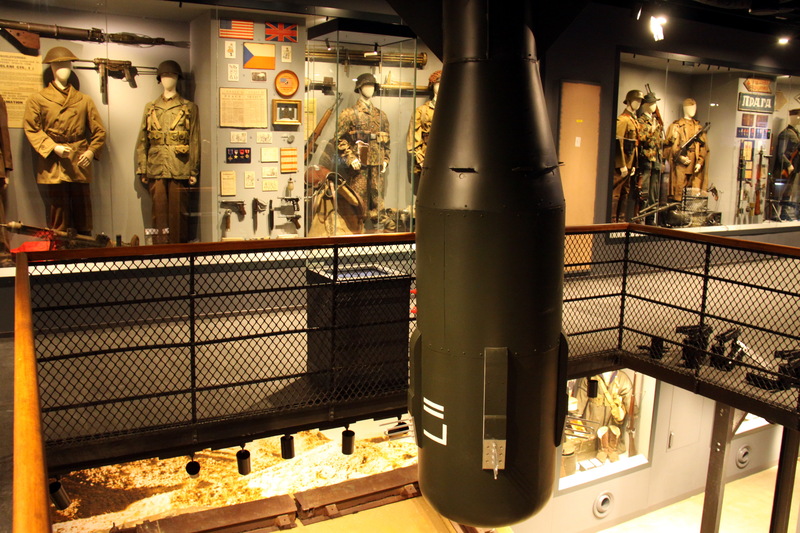
It's not about the fact that today, when you walk into a museum, you look left and right because there's something attacking you from every angle, and then you stand there watching the other visitors walk past the exhibits because they often have headphones on. Anyone can watch that at home on TV or on their computer. That's why they don't need a museum, but here they can find unique items. They can even touch many of them. They can try on a knight's helmet, armor, and so on. That's what our children's programs are based on. And it's really interesting to watch the visitors' reactions. I have to say that the most interesting ones are from abroad. Maybe 99% of the reactions are that it's great that it's a museum with exhibits and that there are so many of them. And because people have gradually become unaccustomed to it, they realize that this is something they can’t find anywhere else. So I think our concept is undoubtedly innovative compared to the trend that was here not so long ago and is now returning around the world. It's a blend of the traditional and the modern.
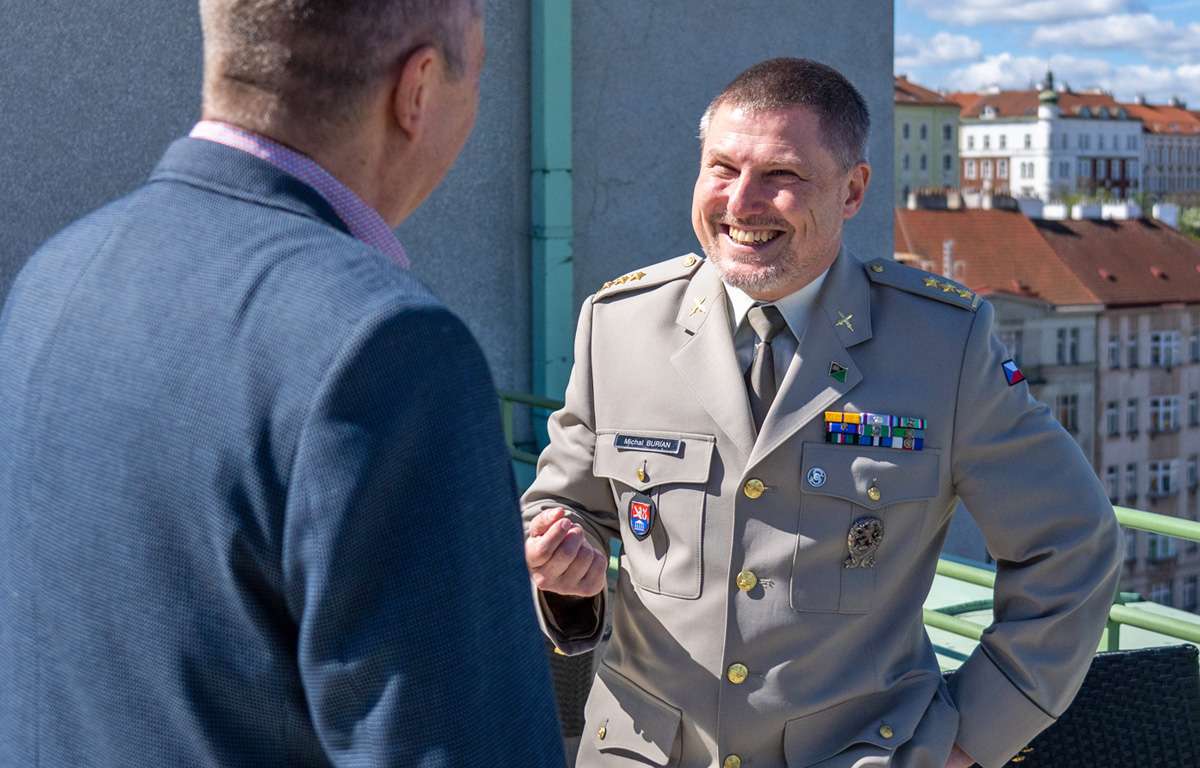
Let's conclude by reminding ourselves of the events planned by the Army Museum in Žižkov in connection with the 80th anniversary of the end of World War II.
There are many events, but I will mention the most important ones. From April 30, visitors to Žižkov will be able to see the exhibition "We Call All Czechs," which commemorates the end of the war in 1945 and the Czech National Uprising. Once again, visitors will find a whole range of unique items, including some on loan from abroad, which are being exhibited in the Czech Republic for the first time ever. And as I mentioned when talking about the richness of our collections, one thing is the permanent exhibition, but it is these exhibitions that allow us to display a whole range of other items that can only be exhibited for a short time and cannot be included in the permanent exhibition. From May 8, the Imperial Stables at Prague Castle will host the exhibition Hour of Liberation, War Posters 1938–1945, which we are organizing in cooperation with the Prague Castle Administration, the Military Office of the President of the Republic, and, above all, the Military Central Archives. There are more than 90 original posters from World War II from all the warring parties. I think it will be a very interesting exhibition and, from today's perspective, perhaps instructive, because it is very much about how the propaganda of the individual warring parties differed. Many of the posters are works of art. It is important to note that, just like the Army Museum in Žižkov, this exhibition at Prague Castle, which will run until October 28, will be free of charge throughout its duration. I think this is a strong signal that we all realize that the 80th anniversary is a very important anniversary, and people who come to commemorate the bravery of our citizens and soldiers who fell during the liberation of Czechoslovakia should not have to pay for this opportunity. We think this is the right thing to do. Together with the Prague Jewish Community, we are preparing an exhibition entitled Jews in the Resistance at the Jerusalem Synagogue. A week ago, we opened an exhibition in Bari, Italy, dedicated to a long-forgotten chapter of our paratroopers who flew to the Protectorate at the end of World War II, not from Great Britain, but from Italy. And as I said, there are many more projects, but I think these are the most important ones.
